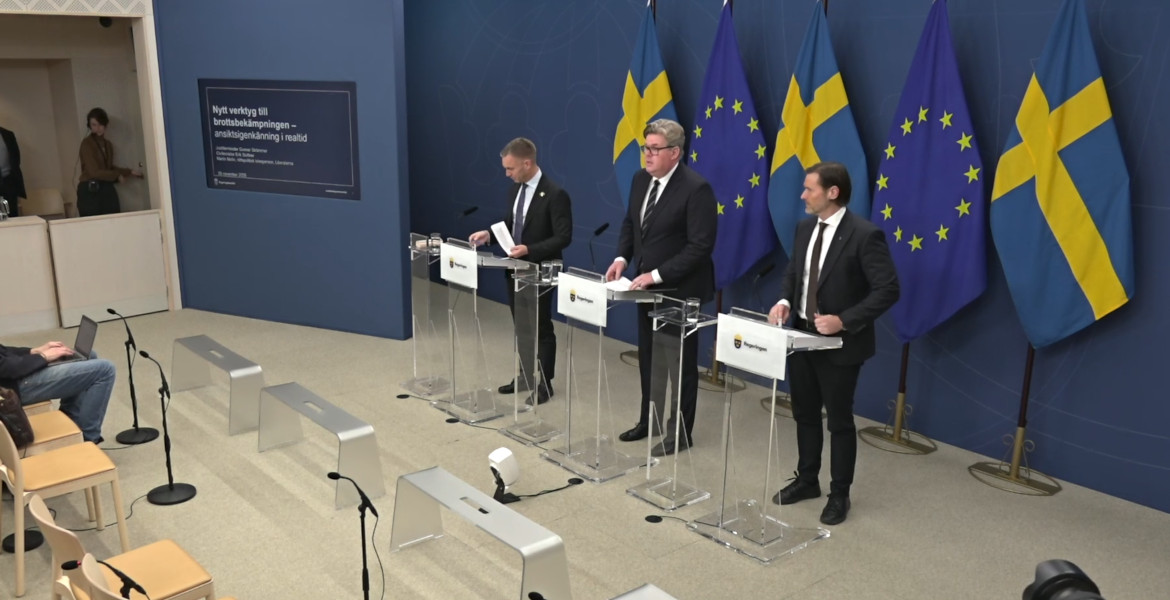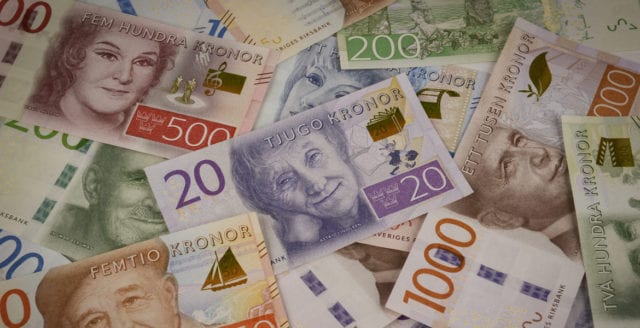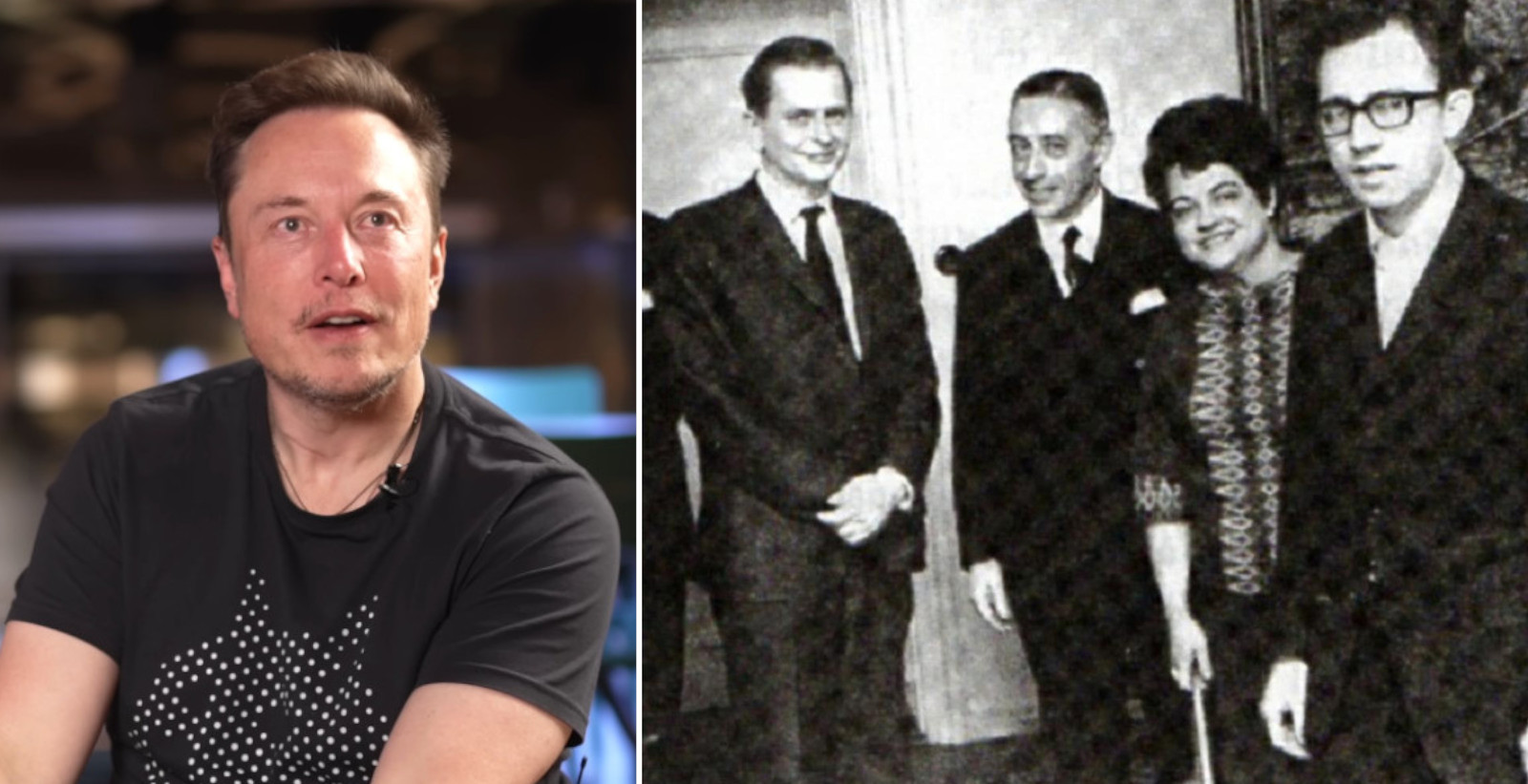The popular Swedish actor has died at the age of 73 after a long illness, his family has confirmed.
A few years ago, Svensson said he was in poor health and had moved into a nursing home in the Stockholm area.
– I live here permanently. I suffer from memory loss, he said.
Svensson has had a long career, including roles in Hedebyborna, Maria Wern and Hassel, but he became best known to Swedish audiences as postman and family man Gustav Svensson in the then hugely popular comedy series Svensson, Svensson.
Director Edward af Sillén has worked with Svensson on several productions and describes him as “a very fine colleague” and a self-critical perfectionist.
– Allan Svensson is forever a part of SVT's Christmas. His portrayal of the hopeless, choleric and loving Gustav in “Svensson, Svensson” is nothing short of a classic. He also appeared in two other of SVT's most popular TV dramas: Hedebyborna and Tre kärlekar. We miss him now, but he will always be a part of SVT's memory, says newly appointed Swedish state television (SVT) CEO Anne Lagercrantz.
Claudia Galli Concha and Gabriel Odenhammar, who played the children Lina and Max Svensson, also publicly expressed their grief over the death.
– No, no. Not you Allan. Not now. I thought that somewhere in the future we would meet again, would laugh again, would talk again. (...) I will miss you incredibly much, writes Galli Concha on Instagram.
– It's my other dad who dies now. My real dad died in 2016. Then I called Allan and said that now it's just you. “Is that so, little guy” he said. I was always "little guy" to him and he always answered when I called. He was very nice, says Odenhammar.





